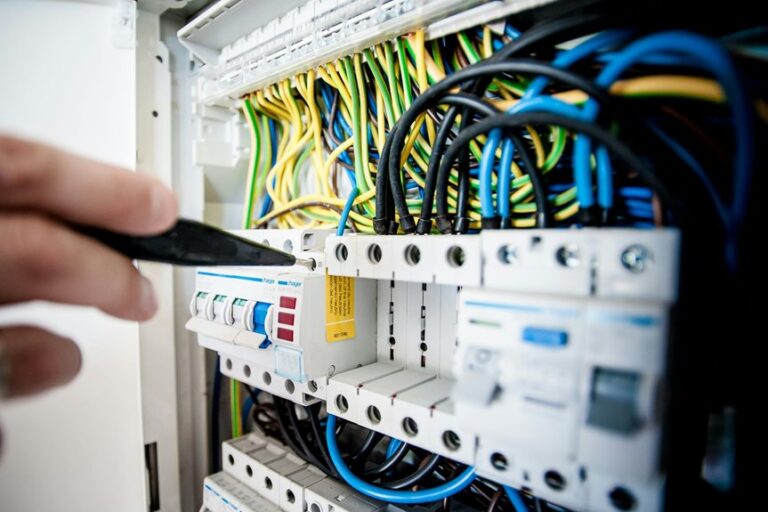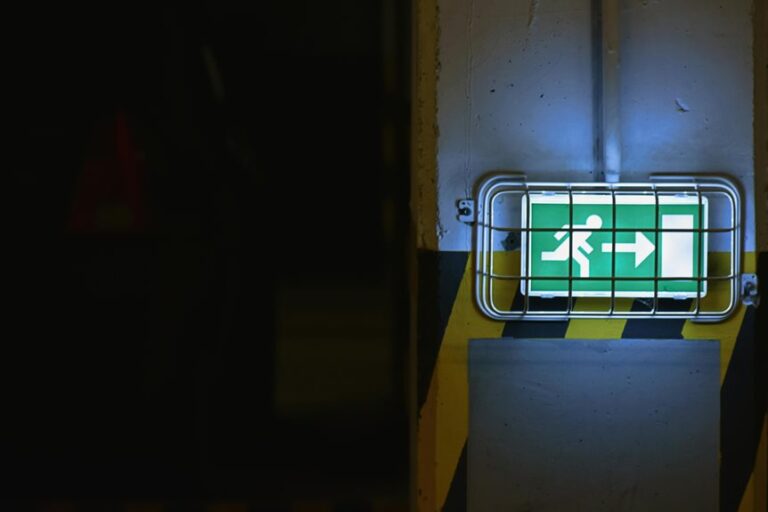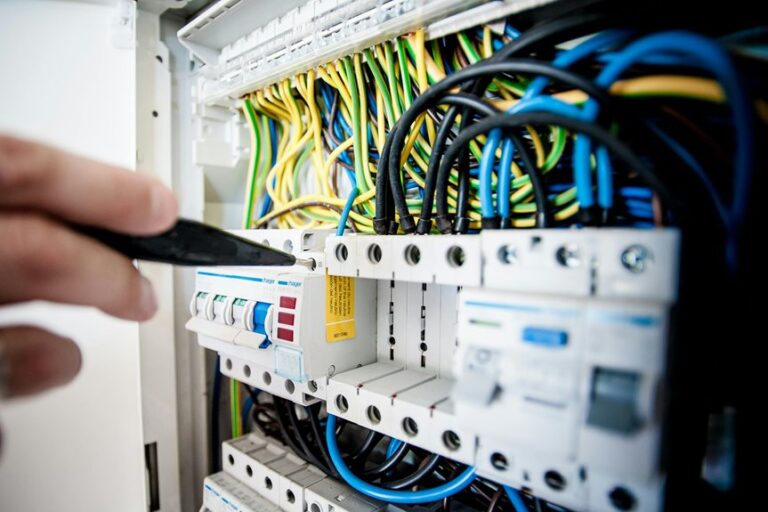Is it true that most power outages stem from a few common causes? You're likely to encounter various interruptions in service, and understanding their origins is vital for effective resolution. While immediate safety measures are essential, identifying underlying issues can prevent future disruptions. You might consider consulting with professionals for complex problems, but what about the long-term strategies that can enhance reliability? Exploring these solutions could be key to minimizing the impact of outages on your daily operations.
Understanding Power Outages
Power outages can occur unexpectedly, disrupting daily activities and operations. You can categorize these outages into three main types: planned, unplanned, and momentary. Planned outages happen when utility companies schedule maintenance or upgrades. Unplanned outages arise from equipment failure, severe weather, or accidents. Momentary outages, also known as flickers, last for a brief period and often result from equipment adjustments or power surges.
Understanding the causes helps you anticipate potential outages. Common reasons include overloaded circuits, short circuits, and downed power lines. You should also consider external factors, such as natural disasters or wildlife interference, which can contribute to power interruptions.
When an outage occurs, power restoration depends on the severity and type of the issue. Utility companies prioritize restoring service based on the number of affected customers and safety concerns. You may experience varying durations for different outages, so knowing the typical response times can help manage expectations. Additionally, having access to qualified electricians in Riverside can expedite repairs and ensure safety during restoration efforts.
Being aware of these aspects of power outages enables you to better prepare your home or business for unexpected disruptions, ensuring you minimize their impact on your operations and daily life.
Immediate Actions to Take
When a power outage strikes, it's crucial to act quickly to guarantee safety and minimize inconvenience.
First, check your surroundings and confirm everyone is safe. If you smell gas or detect any unusual odors, evacuate immediately and contact emergency services.
Next, turn off or unplug appliances to prevent damage from potential power surges when electricity returns.
If it's nighttime, use flashlights or battery-operated lanterns instead of candles to reduce fire hazards. Maintain communication by keeping your mobile devices charged and using a power bank if available.
Monitor local news through your smartphone or a battery-operated radio for outage updates and estimated restoration times. Avoid opening your refrigerator and freezer, as this helps preserve food for several hours.
If the outage persists, consider using a generator, making sure it's placed outdoors and away from windows to prevent carbon monoxide buildup.
Document any damages or losses, as this information may be necessary for insurance claims later.
Stay calm, and remember that power outages are typically temporary. Your immediate actions can greatly impact safety and comfort until power is restored.
Identifying the Cause
Understanding the cause of a power outage is essential for effective resolution and future prevention. To identify the cause, start by gathering information about the outage's timing and duration. Check if the outage is localized to your property or affects a broader area. If it's widespread, it's likely a utility issue. Contact your local utility provider for status updates.
Next, inspect your circuit breaker panel. Look for tripped breakers or blown fuses, which could indicate overloads or short circuits. If the breakers are functioning correctly, examine your electrical appliances and devices for faults. Unplug any suspected malfunctioning equipment to isolate the issue.
Consider environmental factors as well. Severe weather, such as storms or high winds, can damage power lines and infrastructure. If you suspect this, report it to your utility company. Additionally, top electricians in the area can provide invaluable assistance during such outages.
Finally, if you're still unable to determine the cause, consider consulting a licensed electrician. They can conduct a thorough investigation of your electrical system, ensuring it's safe and operational.
Identifying the cause promptly will help you implement effective short-term solutions and minimize disruption.
Long-Term Solutions
Addressing electrical outages requires not just immediate fixes but also implementing long-term solutions to enhance reliability.
You should consider upgrading infrastructure, such as replacing aging power lines and transformers. Investing in smart grid technology can improve system monitoring and allow for quicker responses to outages. By integrating advanced sensors, you can detect issues before they escalate, minimizing downtime.
Another vital solution is to diversify energy sources. Relying on a mix of renewables, such as solar and wind, alongside traditional fossil fuels, can create a more resilient energy grid. This diversification helps mitigate the impact of outages caused by fuel supply disruptions or natural disasters.
Regular maintenance programs are essential, too. Scheduling routine inspections and proactive repairs can greatly reduce the likelihood of unexpected failures. Additionally, implementing redundancy in critical areas of the grid guarantees that if one component fails, others can maintain service.
Finally, fostering community engagement through education on energy conservation and emergency preparedness can empower residents, making them active participants in managing outages.
Preventative Measures
Implementing preventative measures can greatly reduce the likelihood of electrical power outages. Start by regularly inspecting your electrical systems. Check for frayed wires, loose connections, and other signs of wear. If you notice any issues, address them immediately to prevent further complications.
Next, invest in surge protectors for your sensitive electronics. These devices can shield equipment from voltage spikes, which often lead to malfunctions and outages. Consider installing a whole-house surge protector for extensive coverage.
Routine maintenance of your electrical equipment is also essential. Schedule professional inspections every few years to guarantee everything's functioning at its best. In addition, keep your backup power systems, like generators, well-maintained and tested regularly.
Stay informed about local weather patterns that may affect electrical supply. If severe storms are forecasted, take proactive steps to secure your property and minimize potential damage.
Finally, participate in community initiatives focused on infrastructure improvement. Advocate for upgrades to outdated power lines or transformers in your area. Additionally, consult with expert electricians(Expert Electricians You Can Trust in Fullerton) to ensure your electrical systems are up to code and functioning safely.
Conclusion
In summary, addressing electrical power outages requires a proactive approach. Did you know that nearly 30% of power outages are caused by equipment failures? By understanding the immediate actions to take and implementing long-term solutions, you can greatly enhance your system's reliability. Remember, investing in smart technology and regular maintenance not only mitigates the risk of outages but also guarantees your electrical infrastructure remains robust and efficient for years to come.








